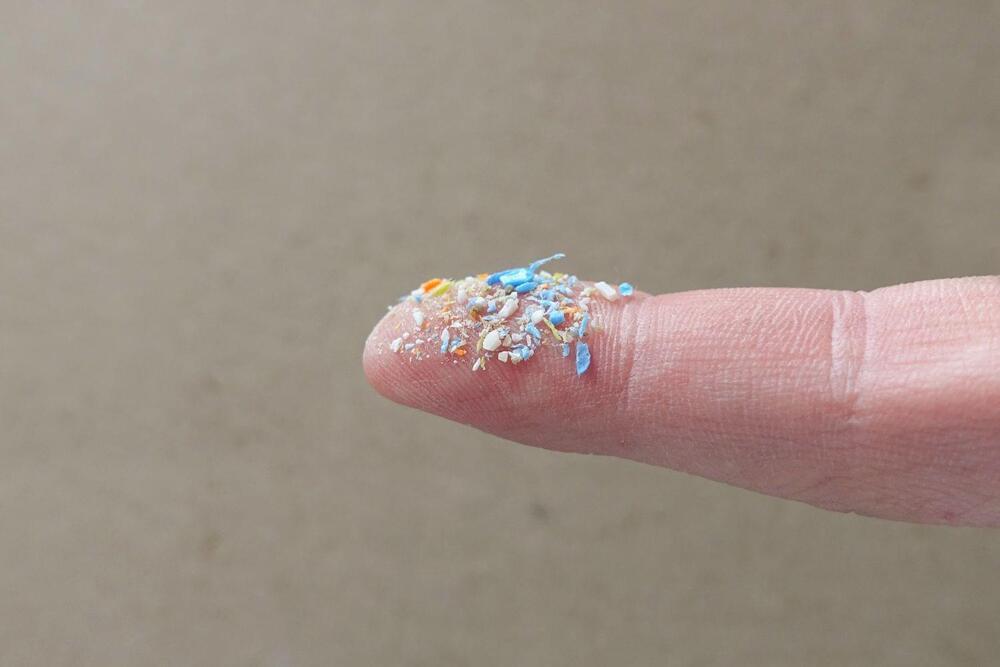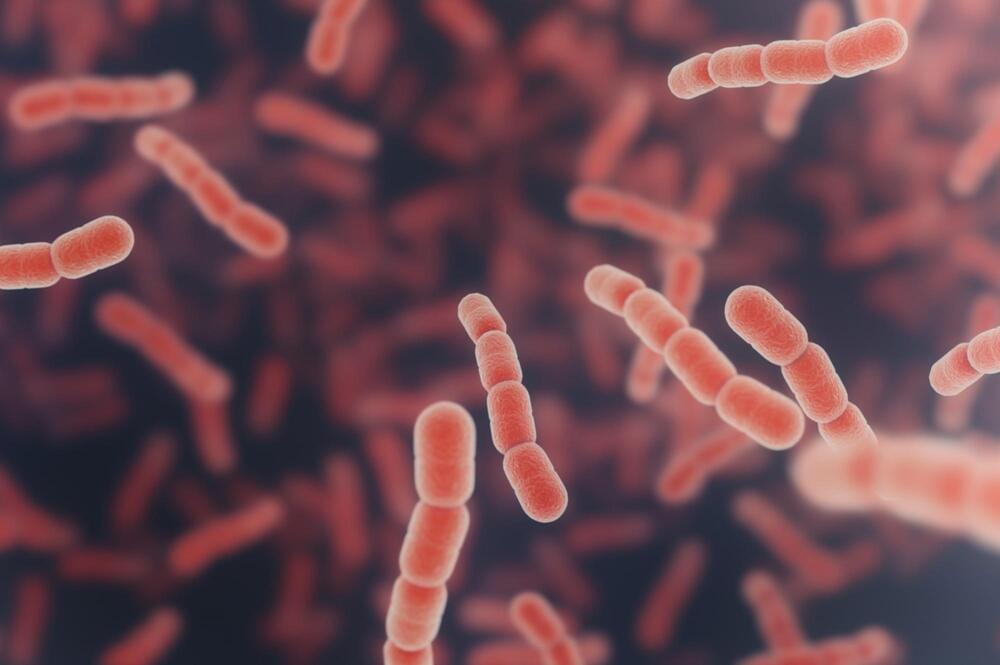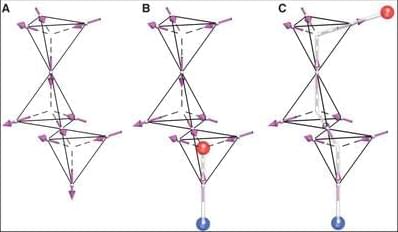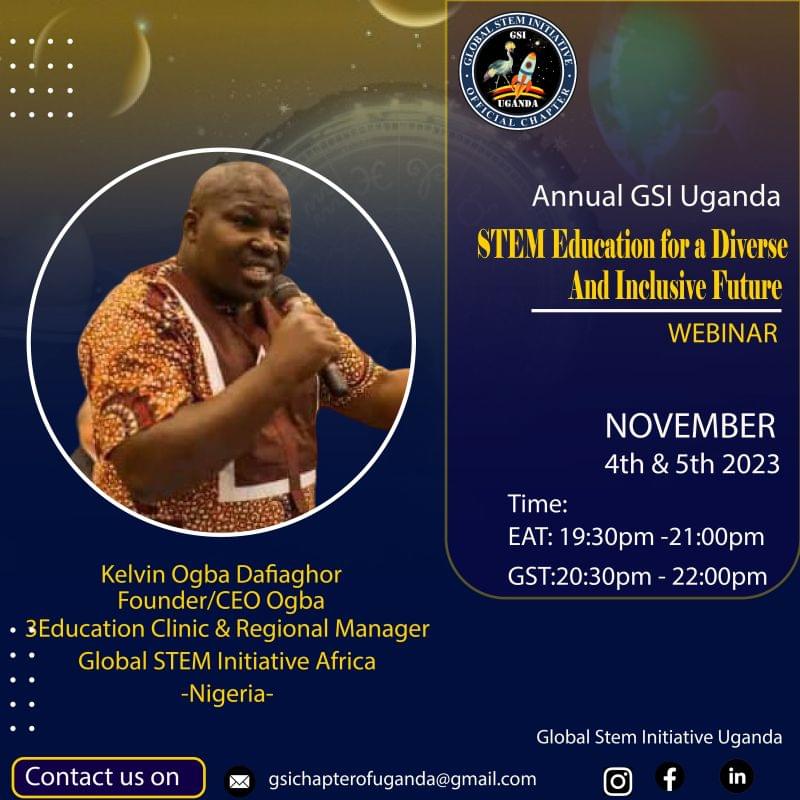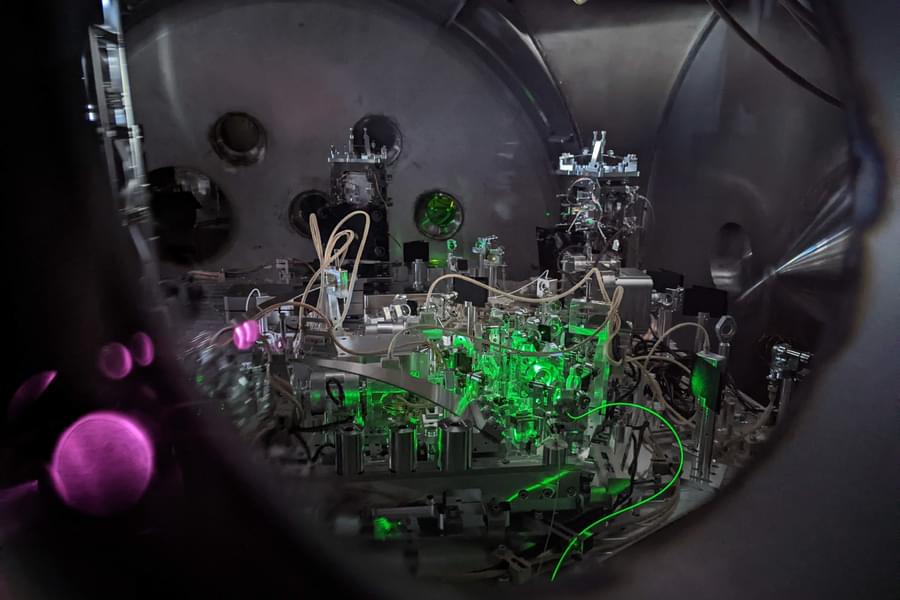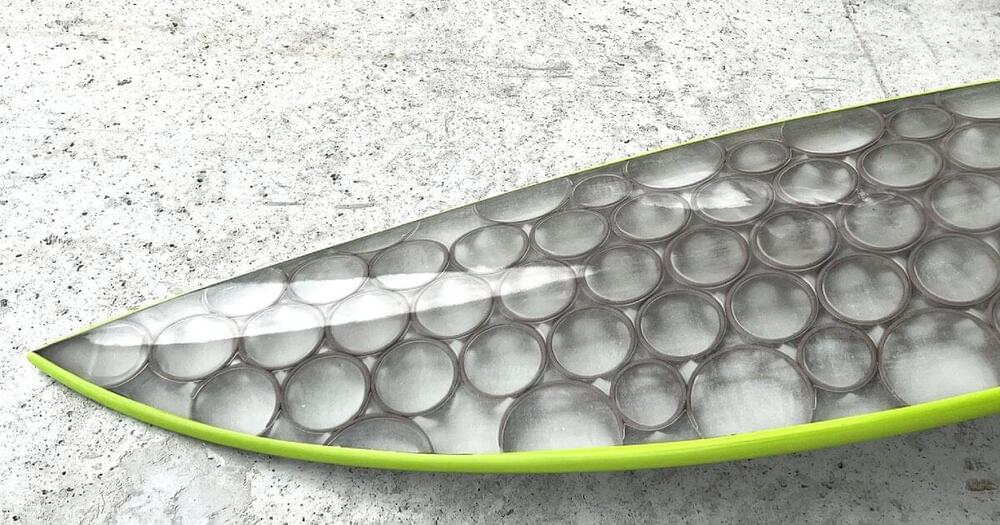VentureBeat presents: AI Unleashed — An exclusive executive event for enterprise data leaders. Network and learn with industry peers. Learn More
A group of artificial intelligence researchers from the University of Science and Technology of China (USTC) and Tencent YouTu Lab have developed an innovative framework, coined as “Woodpecker”, designed to correct hallucinations in multimodal large language models (MLLMs).
The research paper outlining this groundbreaking approach was published on the pre-print server arXiv, under the title Woodpecker: Hallucination Correction for Multimodal Large Language Models.

